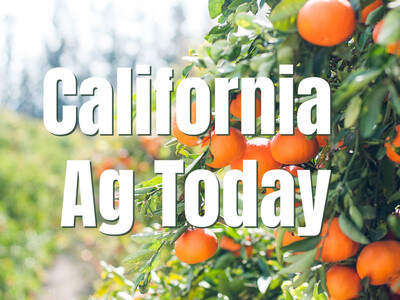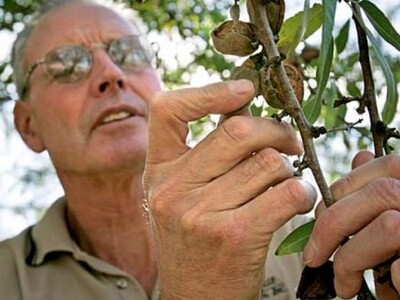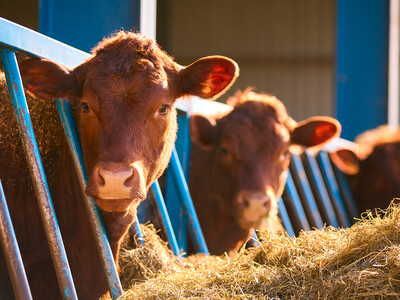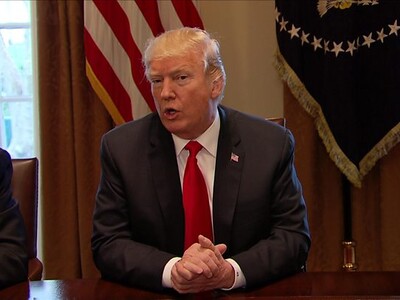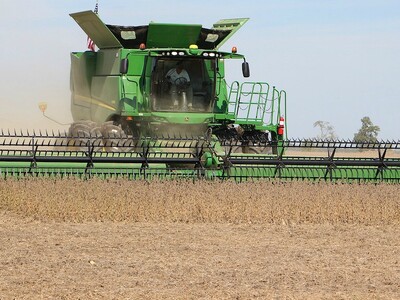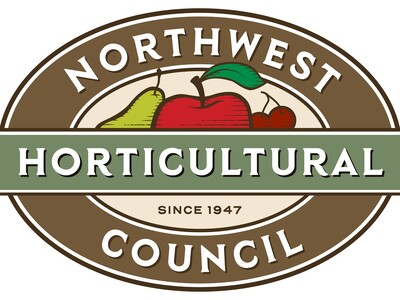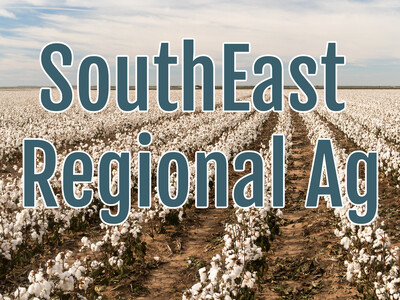Voluntary Incentive-Based Conservation
Voluntary incentive-based conservation practices provide a win-win both for the agencies and the landowners involved. One successful example of such a partnership is the Palouse Watershed Regional Conservation Partnership which straddles both states on the Washington-Idaho border.Palouse Conservation District Conservation Partnership Manager Laura Heinse provides more details
Heinse: "We were granted — the Palouse Conservation District a grant from the NRCS called The Regional Conservation Partnership program. Ours is moving forward really well. How it works - - in the next five years we are going to distribute $11 million across the watershed. We've had some challenges working across the border but we've got a strong response from the Idaho side. We also are working with some incentives for riparian development on both sides of the border so there is really some neat parrells going on there which is helpful. Basically very grower can go to their local conservation district or the Idaho NRCS has been real active as well. What they are doing — for the federal dollars they are being ranked against with other local landowners in the district. That makes it nice because we are able target our practices to either the drier side out towards Ritzville or the wetter side near Moscow."
Some of the successes of the first year is 7,500 acres of direct seeding, installation of more than 150 acres of riparian buffers, 22 acres of conservation easement to protect an endangered Palouse Prairie remnant.





